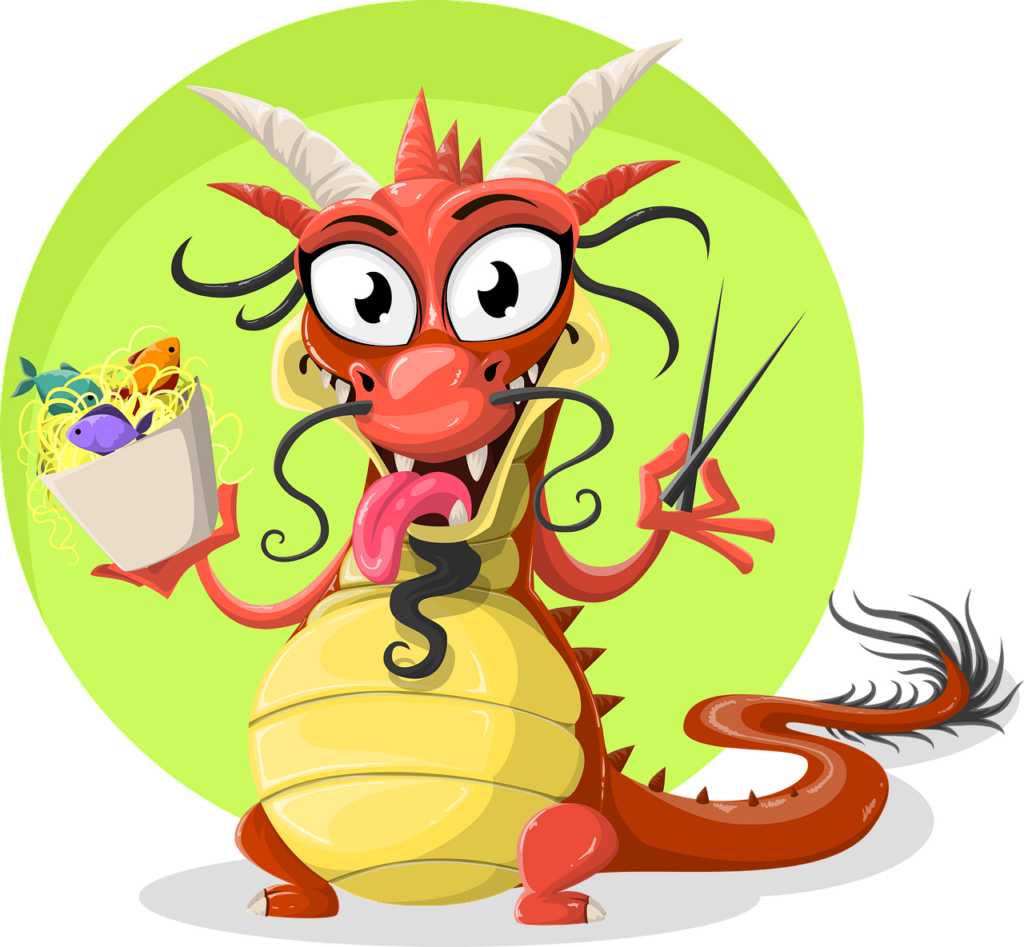Pinyin* letters d, t, n, and l represent four more sounds pronounced similarly to sounds in English.
| 电 |
diàn |
electricity (as in “stay”) |
| 她 |
tā |
she / her (as in “tag”) |
| 李 |
lǐ |
Li (last name) (as in “clear”) |
Tones
The trick to remembering the 2nd and 4th tone* is to think of them as rising (2nd) and falling (4th).
| 十 |
shí |
2nd tone*: Rising Like asking “What?” in English. |
| 四 |
sì |
4th tone*: Falling As in “Ready, set, go!” |
Very Good! 很好(hěn hǎo)
In English, we say I am good or She is happy, but in Chinese you don’t use words like am or is before adjectives*. Instead, adjectives are usually preceded by 很(hěn). Sometimes 很 means very, but it’s more often just a way to connect a noun* and an adjective.
| 你很高兴 |
Nǐ hěn gāoxìng |
You are happy |
也 (yě,also)
In English, we can say I am happy, too or I’m also happy, but in Chinese the word for also or too (也) always comes before the adjective*.
| 我很高兴 |
Wǒ hěn gāoxìng |
I am happy |
| 我也很高兴 |
Wǒ yě hěn gāoxìng |
I am also happy |
*
- Pinyin – letters from the Roman alphabet used to represent Chinese sounds.
- Tone – Tone refers to the spoken quality (for example, the highness or lowness) of a syllable. In tonal languages (like Chinese), tone can change the meaning of a word.
- Adjectives (such as “red”, “funny”, “interesting”) describe people, places, or things.
- A noun is the name of something, such as a thing (“spoon”, an idea “love”, a place “Atlanta”, or a person “John”.
